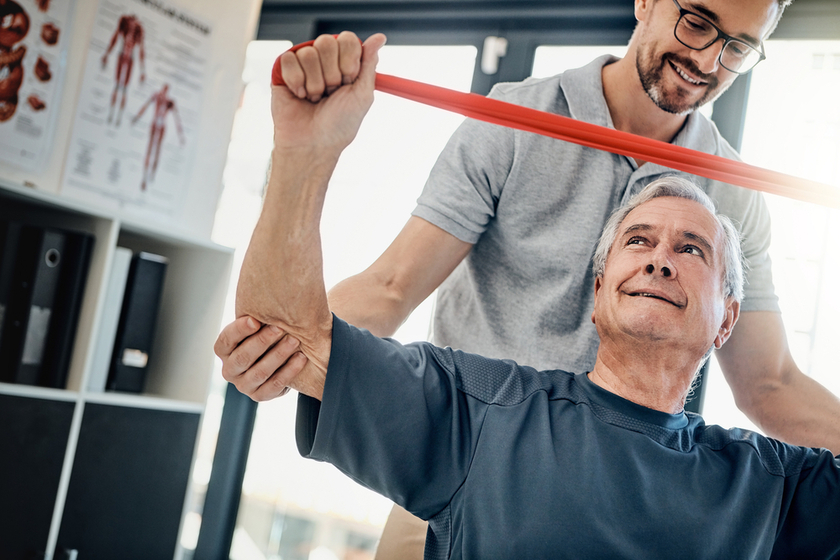Memory care communities play a crucial part in supporting individuals with Parkinson’s Disease. Physical activity is a beacon of hope for them, offering both physical and cognitive benefits. Yet, finding the right balance to ensure these exercise programs are both practical and safe can be challenging. It’s not just about movement; it’s about nurturing resilience and enhancing the quality of life for those facing daily struggles with Parkinson’s. In our memory care community in San Antonio, TX, we prioritize the health and well-being of our residents above all else. When it comes to exercise programs, our approach is both meticulous and compassionate. We understand that each individual’s journey with Parkinson’s is unique. By focusing on exercises that improve flexibility, balance, and muscle strength, we ensure that each resident can participate safely and gain the most benefit.
Crafting Individual Exercise Programs for Parkinson’s Patients
Developing an exercise program for individuals with Parkinson’s is a multifaceted task. It requires considering their current physical abilities, symptoms, and the disease’s progression stage, among other factors. Every resident in the memory care community in San Antonio begins their journey with an exhaustive evaluation by a competent team skilled in Parkinson’s care.
The exercise programs designed here are inherently flexible, bearing in mind the varying symptom manifestations of Parkinson’s. Such adaptability empowers residents to remain physically active within their comfort levels, preventing undue strain.
The programs focus on exercises that improve balance and strengthen muscles, which are known to help manage Parkinson’s symptoms magnificently. In addition, the routines are designed to infuse a sense of joy and accomplishment into the residents’ lives.
Incorporating Safe Physical Activities into Daily Routines
Daily life in a memory care community aims to incorporate physical activity into the residents’ schedule. The crucial aspect is seamlessly blending safe and beneficial physical activities into the daily routine. Activities and exercises are carefully chosen to ensure maximum gain, minimize potential hazards, and increase engagement levels– a delicate balance.
For the safety of the residents, walking paths are kept free of obstacles and flat to prevent falls. Classical movement exercises find common areas turned into flexible spaces to enhance safety standards.
Role of Trained Team Members in Assisting Parkinson’s Exercises
Exercising with Parkinson’s often poses challenges. But the right kind of support can make all the difference. The team in a memory care community in San Antonio is equipped to work with individuals with Parkinson’s. They comprehend the disease’s implications on physical movements and can correspondingly provide suitable assistance.
Team members maintain a vigilant presence during exercise sessions, supporting stability and suggesting activity modifications as required. This provides comfort to the residents and their family members, making the latter feel confident in the exemplary care their loved ones receive. Regular interaction with family members ensures they remain informed about their loved one’s progress and any changes made to the exercise program.
Use of Specialized Equipment for Parkinson’s Exercise
In San Antonio, the unique features of the memory care community include the use of specialized equipment designed for individuals with Parkinson’s. The selection criteria focus on equipment that promotes smooth, low-impact movements that adequately support joint health while minimizing strain.
Equipment such as resistance bands and seated ellipticals that cater to varying mobility levels are readily available. Even individuals with limited movements can engage with these utilities, imparting a sense of inclusion and boosting their morale.
Building a Supportive Environment
Support matters, especially in a memory care community. Our community doesn’t just provide exercise programs; we create a supportive environment where residents are encouraged to stay active and engaged. Our team members are trained to understand the complexities of Parkinson’s Disease, enabling them to offer the right level of support and encouragement. This nurturing setting allows residents, family members, and loved ones to feel confident in the exercise programs provided, knowing they are designed with safety and health in mind.







